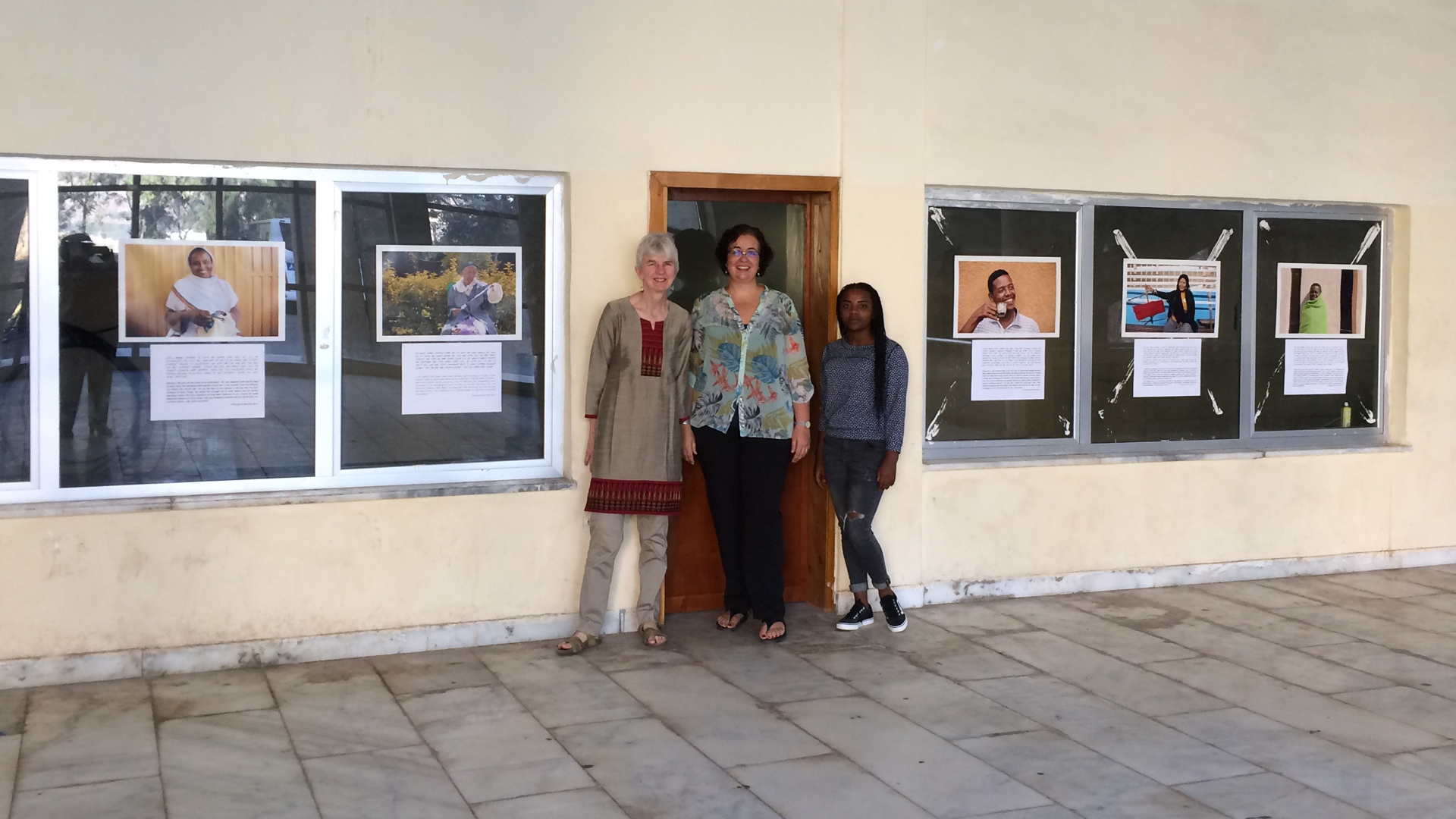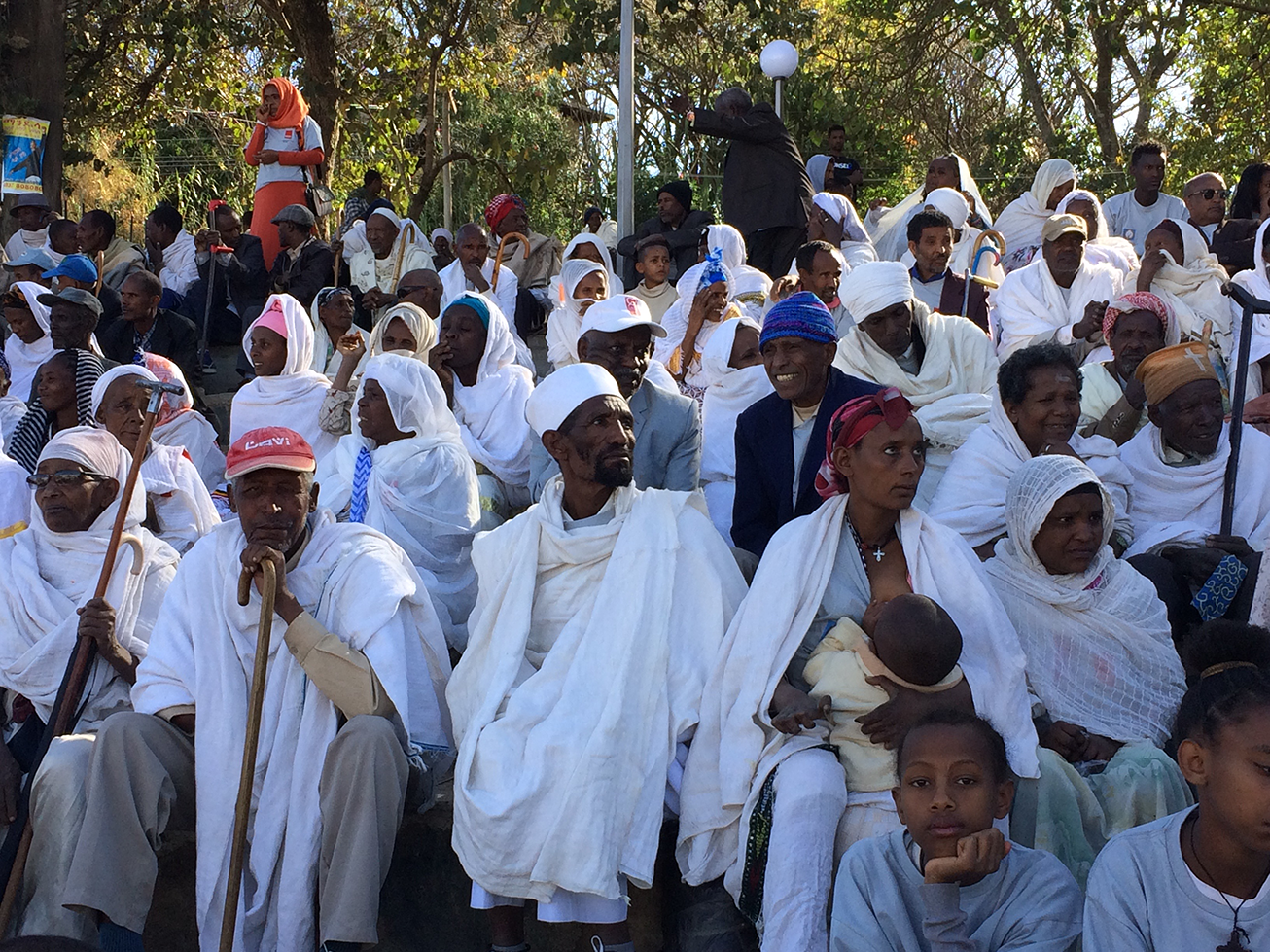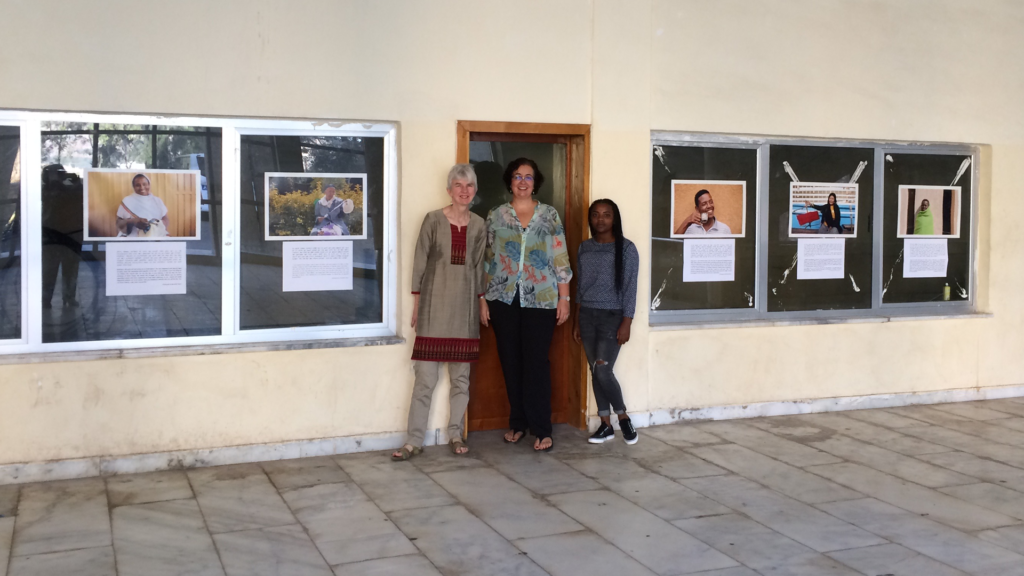
Patients and doctors no longer rely on printed material for information. With global internet access, the new generation of patients have greater information access. In Ethiopia, many people own a phone, and those with smart phones have access to internet, from shoeshine to shepherd!
Many of my new patients will google the word “leprosy” only to find disturbing images with disfigured and disabled bodies. Counselling them becomes difficult when they have limited access to what leprosy looks like today and
how people live their lives. We were looking for stories of people who would give hope… and so Diana and Alex Kumar came to Ethiopia.
We presented the idea of the project to many people affected by leprosy, and 20 volunteered, having given consent, to be interviewed and photographed and for their photos be published.
Themes that recurred were the strength of traditional beliefs, delays in diagnosis, rejection by families for some, the fall into a life of hardships, and suicide attempts. But for all of them there was a turning point. When they started to feel physically and emotionally stronger through the support they received from other patients, health care staff and complete strangers. Then they were able to hope again, start working, marry, have children and lead an independent life. They were keen to offer encouragement and messages of hope to newly diagnosed patients, hoping to give them courage to get treated, look after themselves and get on with life, without letting fear and despair drag them down.
Each volunteer received a copy of their photograph.
The first time the photographs were publicly exhibited was at the World Leprosy Day 2019 celebration, in Gondar, Ethiopia. We joined the celebratory march around the town with people affected by leprosy from all over Ethiopia, school kids and people working in leprosy. At the brand-new Gondar City Hall, the opening exhibition of the photos taken in Ethiopia, displayed in the entrance hall, welcomed over 500 participants.
I presented in Amharic and English, the interwoven stories of the courageous men and women who had volunteered to be photographed and share their life stories, to encourage others. Birke, a woman in her 60s who has championed patients’ right and leads a co-operative for women affected by leprosy stood quietly in front of her own portrait before saying: “I did not know we are so beautiful!”
The pictures will be used in educational material to tackle stigma. The stories, recorded by Eden Abate and Yilma Tesfaye, can encourage new patients to be hopeful on their journey to healing. Some of the pictures were published in the Lancet. This project has opened to me a different door to my patient’s lives. I ask questions differently, listen more compassionately and I feel bolder at encouraging them to persevere, with concrete examples on how to do this. I would like to thank all the volunteers who shared so generously, and Diana, Alex, Eden and Yilma for being part of the very first initiative in the New Face for Leprosy.

